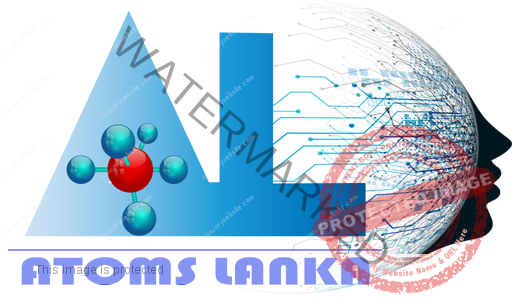
Ask Sophie: Is it easier yet for AI founders to get green cards?
Sophie Alcorn, attorney, author and founder of Alcorn Immigration Law in Silicon Valley, California, is an award-winning Certified Specialist Attorney in Immigration and Nationality Law by the State Bar Board of Legal Specialization. Sophie is passionate about transcending borders, expanding opportunity, and connecting the world by practicing compassionate, visionary, and expert immigration law. Connect with Sophie on LinkedIn and Twitter.
TechCrunch+ members receive access to weekly “Ask Sophie” columns; use promo code ALCORN to purchase a one- or two-year subscription for 50% off.
Dear Sophie,
I’m interested in the Biden administration’s efforts to retain AI talent in the United States. How is the administration making it easier for AI companies to sponsor employees for permanent residence? Will the number of green cards earmarked for individuals in the AI field increase?
— All About AI
Dear All,
Thanks for your timely questions! We’ve seen various improvements over the last two years for founders seeking immigration benefits such as the O-1A, EB-2 NIW, and even EB-1A. Recently, President Biden issued an executive order on AI, published in the Federal Register on November 1, 2023. It included several immigration-related mandates aimed at attracting and retaining international AI talent.
One of those mandates called for the Secretary of Labor to publish an RFI (Request for Information) by mid-December to solicit input from the public on expanding the Department of Labor’s Schedule A shortage occupation list. The executive order sought to identify “AI and other STEM-related occupations, as well as additional occupations across the economy, for which there is an insufficient number of ready, willing, able, and qualified United States workers.”
In summary, the RFI seeks to determine:
- What types of data should be used to forecast potential labor shortages?
- What methods measure the presence and severity of labor shortages?
- What is a reliable, objective, and transparent method to identify STEM occupations with a labor shortage?
- Should the methodology apply to verticals beyond STEM?
- How could you identify non-STEM occupations?
Employers who employ a new or existing employee in an occupation listed in Schedule A can bypass the PERM labor certification process required for an EB-2 advanced degree or exceptional ability green cards and EB-3 green cards for professionals.
Ahead of the RFI, the Institute for Progress (IFP), a non-partisan think tank that focuses on innovation policy, created a data-driven method to identify the occupations that should be on Schedule A. I talk about this method, called the Help Wanted Index, in more detail below.
Now, let’s dive into your questions, taking your second one first.
Atoms Lanka Solutions







0 comments
Write a comment